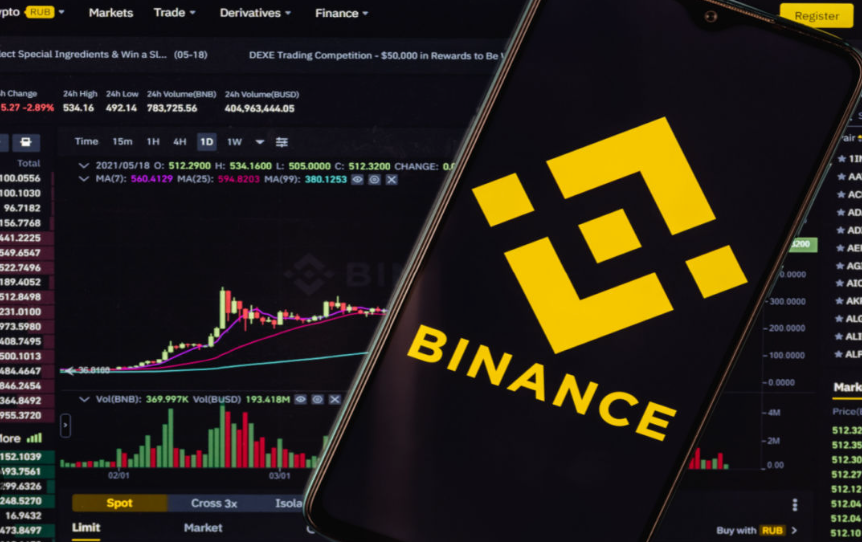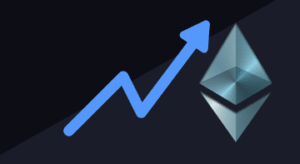#crypto #NFTs #DeFi #Binance #Web3 #cryptocurrency #marketcap #regulatory
In July, the cryptocurrency landscape experienced significant growth and shifts, highlighted by a 6.1% increase in the global crypto market cap. This growth is attributed to several key factors including regulatory advancements and the active development and adoption of Web 3.0 projects. On the regulatory front, various jurisdictions around the world have begun to establish clearer guidelines and frameworks for the operation and trading of cryptocurrencies. These developments not only enhance the legitimacy of digital assets but also provide a measure of security and confidence for investors, contributing to the overall growth of the market.
However, while the broader crypto market saw expansion, the Non-Fungible Token (NFT) segment witnessed a downturn, with sales declining by 7.1%. The cooling of the NFT market could be due to a variety of factors, including market saturation, a shift in investor focus towards more traditional cryptocurrencies or emerging sectors within the crypto space, such as Decentralized Finance (DeFi). Despite the decrease in NFT sales, the technology and concept behind NFTs continue to innovate and find applications across various industries, suggesting that this may be a temporary setback rather than a long-term decline.
The DeFi sector, in contrast, flourished alongside the traditional cryptocurrency market, further showcasing the diversity and resilience of the crypto economy. DeFi platforms and protocols offer decentralized alternatives to traditional financial services, enabling everything from lending and borrowing to insurance and derivatives trading without the need for intermediaries. This sector’s growth is propelled by continuous innovation, increased accessibility, and a growing recognition of its potential to democratize financial services on a global scale. As the crypto market evolves, the interplay between different segments like DeFi, NFTs, and traditional cryptocurrencies will be crucial in shaping its future trajectory and ensuring its sustained growth and relevance.







Comments are closed.